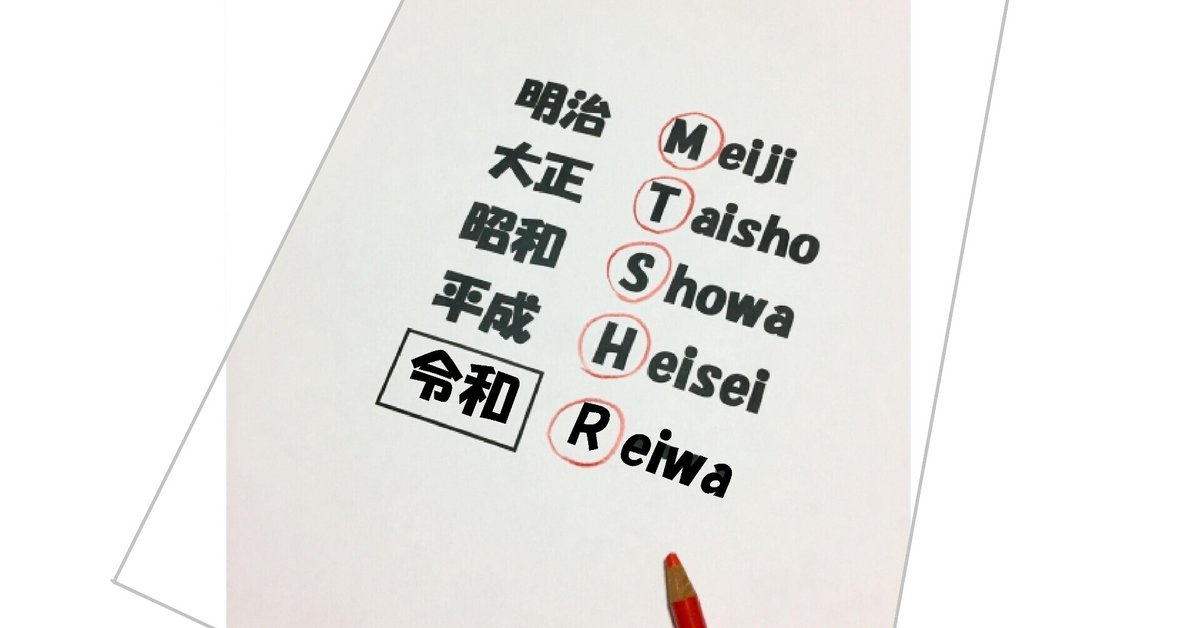
Are you born in 2000 or Heisei 12?
📅 How you write dates in English depends on where you are. It is a big issue for all #linguists . For example, dates are written differently in #American and #British English.
A client of mine once belatedly specified their preference for American English after I had already finished typing a row of dates in my #translation . It was quite laborious to rewrite everything from “date/month” into “month/date” formats
(as in 14 September 2022 ➡ September 14, 2022, 14/09/2022 ➡ 09/14/2022).
#Japanese uses an international standard format, i.e. yyyy/mm/dd.
That sounds pretty straightforward. But if there is a way to do things differently, we Japanese will find it. 😜
Calendar years are often written using the Japanese imperial era (元号 = #Gengo ), which consists of two Chinese characters ( #Kanji 漢字) identifying the reign of the current Emperor of Japan.
“Gengo” is a bit like a royal cypher which you can find e.g. on post boxes in the UK: EIIR for the late Queen Elizabeth II.
Analogously, the Brits are now in the first year of CIIIR’s reign.
By looking at the imperial year (皇紀= Koki) we instantly know how many years have passed since the accession of the respective emperor to the throne.
The current period is called REIWA (令和) and we are currently in the 4th year of the REIWA era. On top of that, imperial eras are often abbreviated using an initial alphabet, e.g. R4 for REIWA 4 (= 2022)
You may find this archaic, but its use is still pretty common in daily life in Japan. When translating official Japanese documents, such as birth certificates and trade registers (戸籍謄本,商業登記簿謄本), we are inevitably confronted with numerous dates given only in imperial years.
About a decade ago, I stumbled upon a mystifying side effect of this “Gengo” system.
I bought a cosmetic product in an old-fashioned shopping arcade in the countryside. Outside of metropolitan areas, shopping arcades are a dying breed where old people are often the only regular customers.
The shopkeeper asked me to fill in a form for a membership card. I had a closer look at the form but could not make sense of the date format: “ Date: M/T/S …..”
“What do you mean by M/T/S here?” I asked.
Upon hearing her answer, I had to laugh out loud. She told me that M stands for those born in the Meiji period (1868-1912) , T for those from the Taisho period (1912–26) and S for the Showa period (1926–89).
I highly doubt that any women born in the Meiji years would still be going shopping for cosmetics!
#CertifiedTranslation #Beglaubigte Übersetzungen #japanisch #deutsch #englisch
